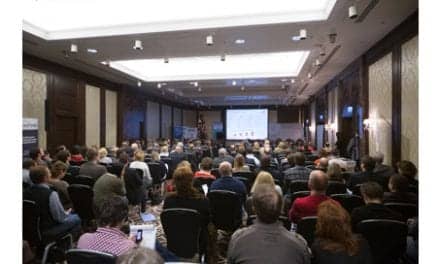An online course available through the American Occupational Therapy Association (AOTA) offers beginner to advanced occupational therapy practitioners information regarding the anatomy and kinesiology of the upper quarter, outlining neuroanatomy concepts linked to hand and upper extremity rehabilitation.
According to the AOTA website, the AOTA/Dynamic-Hand & Upper Extremity Essentials 2.0: The Fundamentals course discusses basic theory and application of physical agent modalities (PAMs) used in upper-extremity rehabilitation, as well as splinting of the upper extremity.
The site notes that the course is divided into three parts. The first, Part A, centers on Anatomy and NeuroAnatomy, with learning objectives that include identifying anatomy of the healthy upper extremity and its relationship to human function, explaining basic kinesiological concepts linked to performance of daily living tasks, discussing treatment protocols for a variety of nerve injuries, and differentiating clinical manifestations of upper-extremity nerve injuries.
The learning objectives for Part B, Clinical Guidelines for the Evaluation of the Upper Extremity, include identifying the anatomical structures of the shoulder, describing clinical signs and symptoms of rotator cuff disorders, impingement, and dislocation of the shoulder, and explaining intervention for disorders of the shoulder, impingement, and dislocations. Additional objectives include identifying anatomical structures of the wrist and specific tests used to differentiate pathologies of the wrist/hand complex.
Upon completion of Part C, Therapeutic Agents, the site notes that participants will be able to explain procedures for use of specific physical agent modalities, describe the advantages, considerations, and precautions when using PAMs of heat, cold, phonophoresis, electrotherapy, iontophoresis, and biofeedback. Course objectives also include describing the types and characteristics of splinting materials and choosing the appropriate splint for a patient in need.
Course author Wendy Hoogsteden, MHS, OTR/L, obtained her degrees from the University of Florida and has been an occupational therapist for 19 years. Hoogsteden has clinical practice expertise in specialty areas that include burns and low vision. She has also practiced in a variety of settings including acute and subacute care, outpatient rehabilitation, skilled nursing, behavioral health, and home healthcare. The site also notes that Hoogsteden has taught and lectured at Shands Hospital, Gainesville, Fla, and in community settings.
[Source: AOTA]





